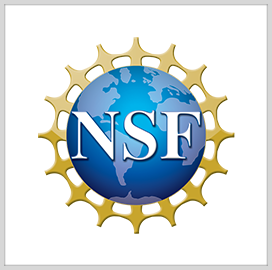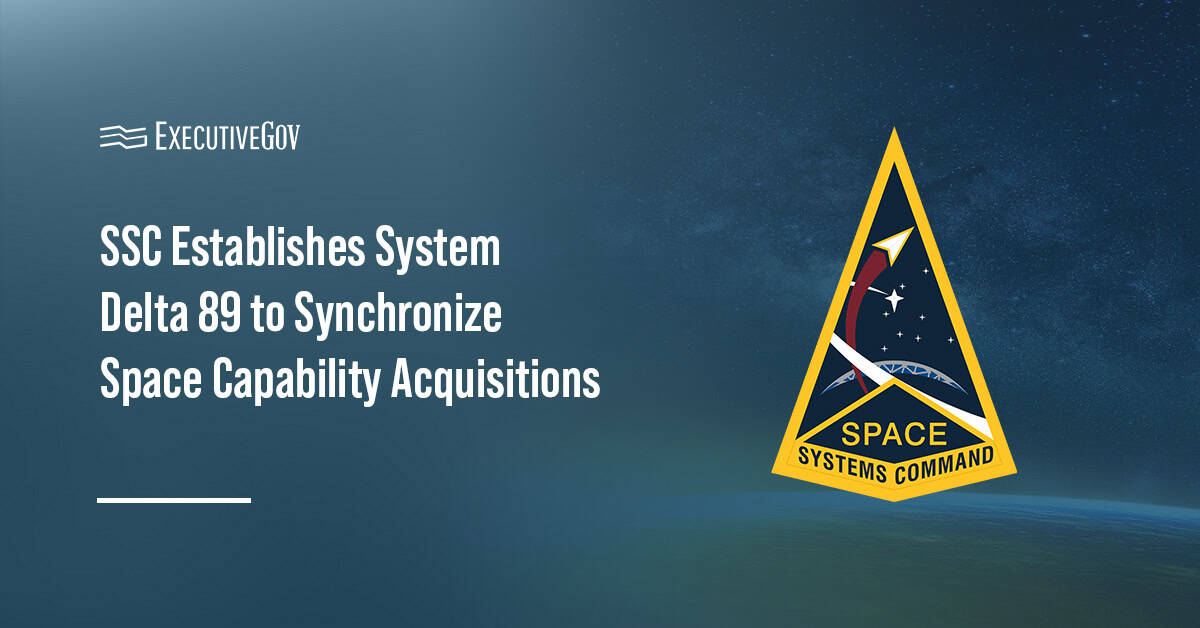The National Science Foundation is investing a total of $67 million over five years to establish the Safeguarding the Entire Community of the U.S. Research Ecosystem, or SECURE, Center, which will work as an information clearinghouse to enable the identification and mitigation of foreign threats to the U.S. research enterprise.
Of the total investment, $50 million will go to University of Washington, which will lead the SECURE Center, and $17 million to Texas A&M University, one of nine other institutions of higher education that will support the effort, the NSF said Wednesday.
The SECURE Center will serve as a hub to five regional centers: SECURE Northeast, which will be managed by Northeastern University; SECURE Southeast, which will be managed by Emory University; SECURE Midwest, to be managed by the University of Missouri; SECURE Southwest, to be managed by The University of Texas at San Antonio and Texas A&M University; and SECURE West, to be managed by University of Washington.
Meanwhile, Mississippi State University, the University of Michigan and Stanford University’s Hoover Institution will provide expertise in several subjects, including sensitive research, threat types and geopolitical analysis.
For its part, Texas A&M University, in addition to co-managing SECURE Southwest, will lead SECURE Analytics, which will work to provide the SECURE Center and the research community at large with analytics services. SECURE Analytics will be supported by the Hoover Institution.
Also participating in the effort is the College of Charleston, which will ensure the inclusion of emerging research and minority-serving institutions.





